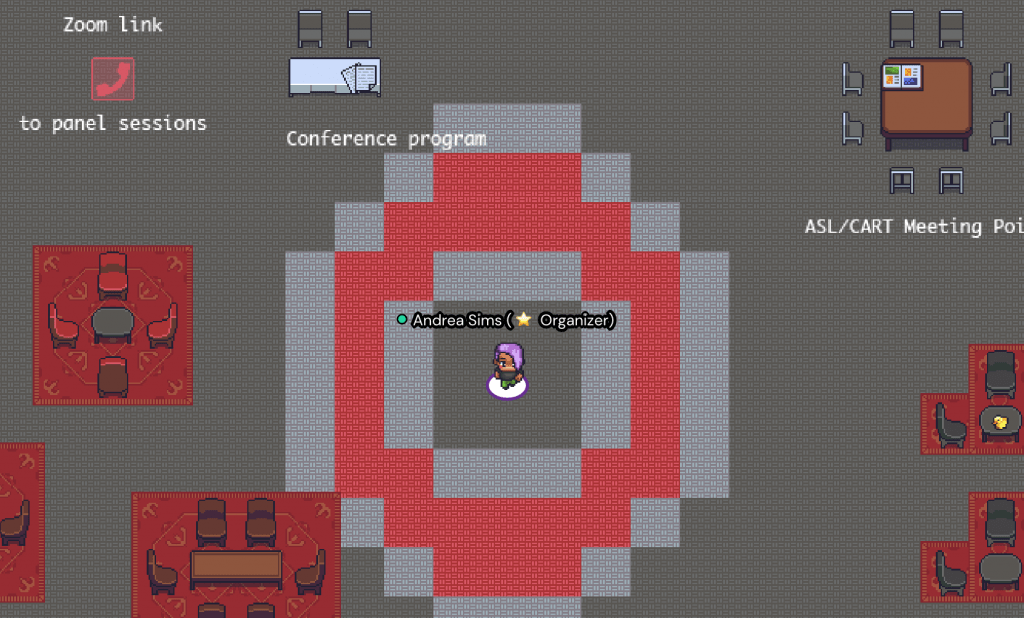Congratulations to Kyle Maycock, who successfully defended his B.A. thesis, A Formal Analysis of Inflectional Marking in the Albanian Noun Phrase! It is exciting stuff that he hopes to present at the upcoming American International Morphology Meeting.
Thesis abstract: The Albanian noun phrase marks four morphosyntactic properties: number, gender, case, and definiteness. Every lexical word in the phrase mark number and gender, but only the first lexical word in the phrase—either a noun or an adjective—marks case and definiteness. Number and gender are straightforwardly morphological, but the placement of case and definiteness is dependent upon the syntax. In this way, this exponent is a clitic. The Albanian clitic is especially informative about the morphology-syntax interface because of its “special” (Zwicky 1977) placement after the first lexical word, or second position (2P), and its cumulative exponence. There are many models of 2P clitic placement that treat 2P clitics as phrasal affixes, notably Halpern (1995) and Anderson (2005), but the Albanian clitic’s cumulative exponence poses a problem for these models due to its noncanonical nature. In this thesis, I develop an analysis of the clitic using Head-Driven Phrase Structure Grammar (Pollard and Sag 1994) that accounts for the clitic as edge inflection, rather than treating it as phrasal affixation. The clitic’s cumulative exponence results in two paradigms for lexemes depending on their location within the phrase; when the word is in first position, it marks a larger set of properties than when it is in subsequent positions. This poses a problem to morphology, as it suggests morphology is privy to syntactic placement. In this thesis, I develop an analysis using Paradigm Function Morphology that allows morphology to remain blind to phrasal position.


